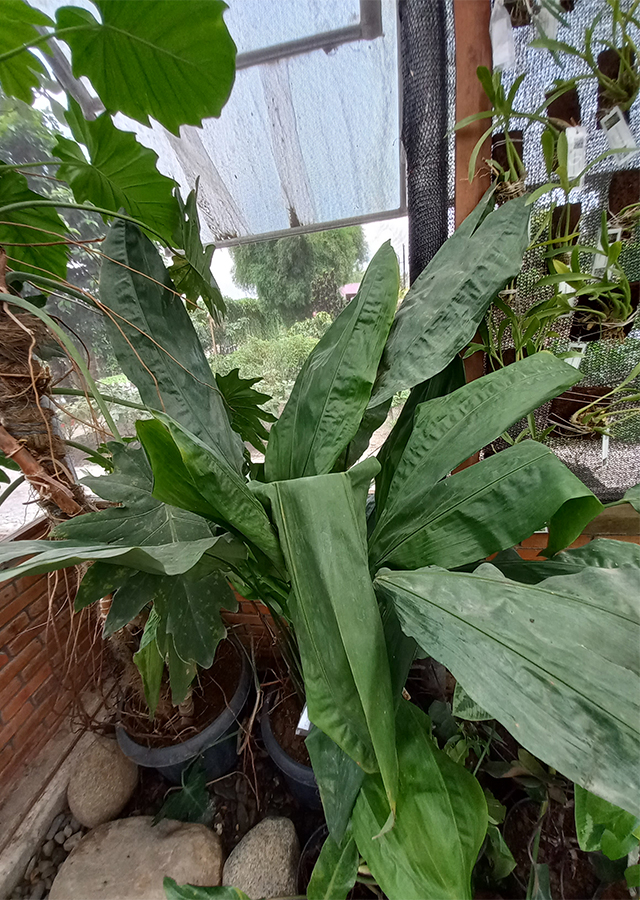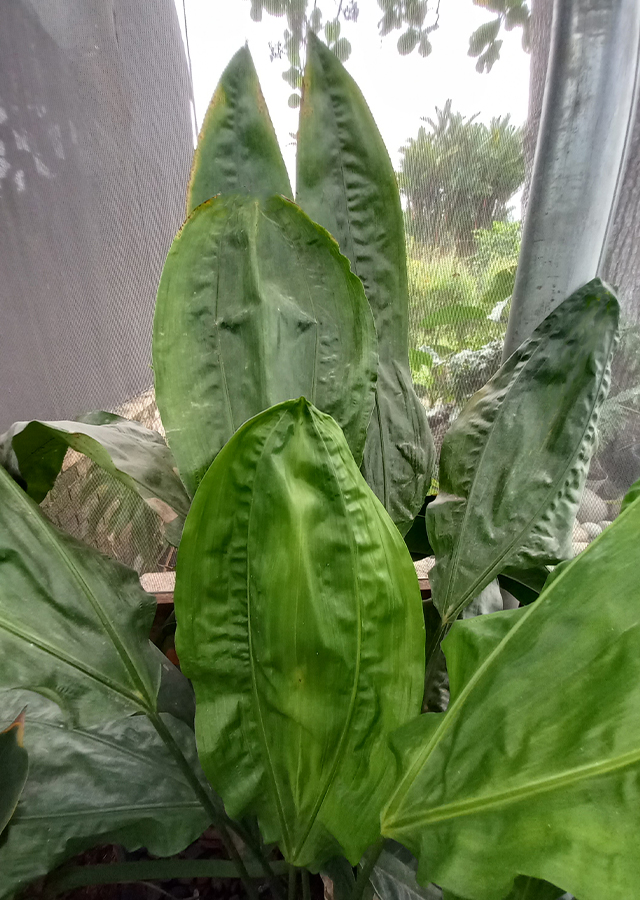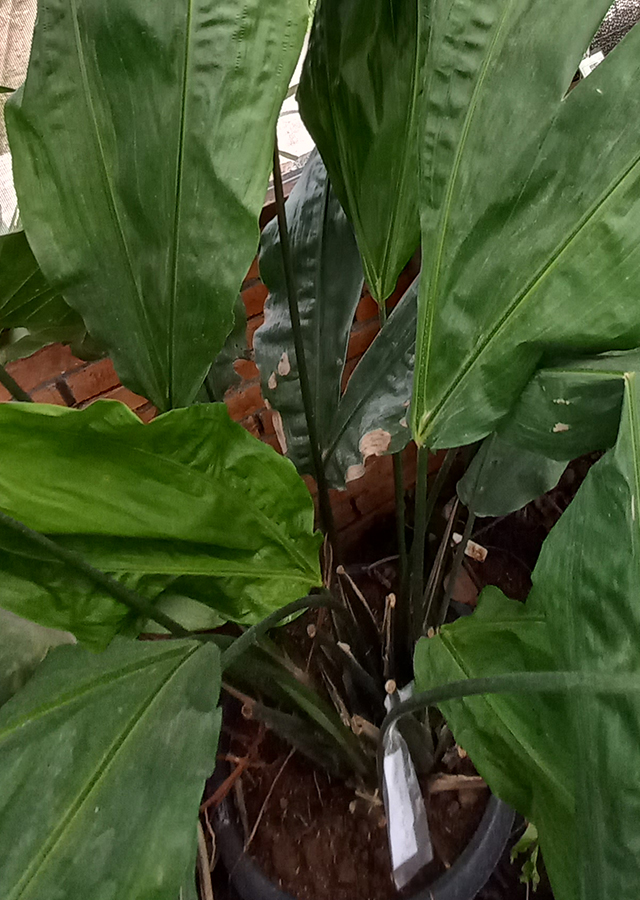Traditional Herbs from Cylanthus bipartitus
treating_snake_bites
- Take enough fresh shrimp claw leaves, wash them thoroughly.
- Crush them until they become a paste.
- Put the leaf paste on the snake bite.
What is Cylanthus bipartitus Looks like??



Parts of Cylanthus bipartitus that could be used
- Leaves
- All Parts of the Plant
Cylanthus bipartitus Distribution
Cyclanthus bipartitus or Shrimp Claw is a tropical plant from coastal tropical forests in Central and South America. In Brazil, this species is found in all states of the North and Mato Grosso regions. C. bipartitus is generally taken from nature for local use as medicine and body decoration, whereas in tropical countries this species is used medicinally. C. bipartitus has also been cultivated in Ecuador, where it is valued for its pleasant floral aroma. The aroma produced by this flower has been used as an ingredient in making perfume. C. bipartitus also has unique leaves and flowers, so it can be attractive to plant as an ornamental plant.Agroecology of Cylanthus bipartitus
C. bipartitus is generally found growing in forests, especially along riverbanks, and requires a warm and relatively moist environment. In Costa Rica, this species is found in wet forests, at altitudes up to 1,400 m above sea level. C. bipartitus prefers to inhabit moist lowland forests, growing in dense populations on the outskirts of small river towns, in flooded areas, and may also occur in open areas or converted forests. Optimal growth prefers an environment with temperatures above 16 °C, but is able to tolerate temperatures above 1 °C. Naturally, this species grows under humid tropical forests, so shade or partial shade is sufficient. Grows best in organic humus that is always kept moist.
Morphology of Cylanthus bipartitus
- The leaves are spirally arranged, the leaves are branched or split or sometimes whole, emerge from the base of the plant, can grow up to about one meter long, green in color. The leaves are linear lanceolate to falcate, with wavy edges but not pleated, stalked, the tip of the leaf is pointed ( acute), attenuate leaf base (leaf tissue tapers down the petiole to a narrow base, always having several fleshy leaves on either side of the petiole), has parallel venation with a clear central vein. When mature, the leaf splits from the apex into two lobes. The leaf stalks are cylindrical, light green in color, bifurcated making the leaves look like rabbit ears.
- Flowers form a ringed pyramid like structure and produce a scent comparable to cinnamon and vanilla arranged in whorls, usually 4, fused with threads, pistillate flowers with rings possessing a common ovary cavity Staminode consisting of gills channeled with sterile anthers. The inflorescence emerges from the ground, covered with a faint yellow bract, consisting of disc-like segments.
- Berries.
- The seeds are small, approximately 1.0 mm long and 0.7 mm in diameter. Seeds are urceolate, tapering to more elongated.
Cultivation of Cylanthus bipartitus
Plant propagation is done through seeds and root division.
Cylanthus bipartitus, more details :
Chemical Content of Cylanthus bipartitusInformation not found. Need further investigation.
Benefits of Cylanthus bipartitus
Treats snake bites and cataracts.
Simplisia of Cylanthus bipartitus
Another Facts for Cylanthus bipartitus :
Synonym of Cylanthus bipartitusCyclanthus bifolius Perr., Cyclanthus cristatus Klotzsch, Discanthus odoratus Spruce
Habitus of Cylanthus bipartitus
Herb. Annual herb (perennial), stemless, in clumps, grows 1 - 3 tall
Habitat of Cylanthus bipartitus
- Forest
No comments:
Post a Comment